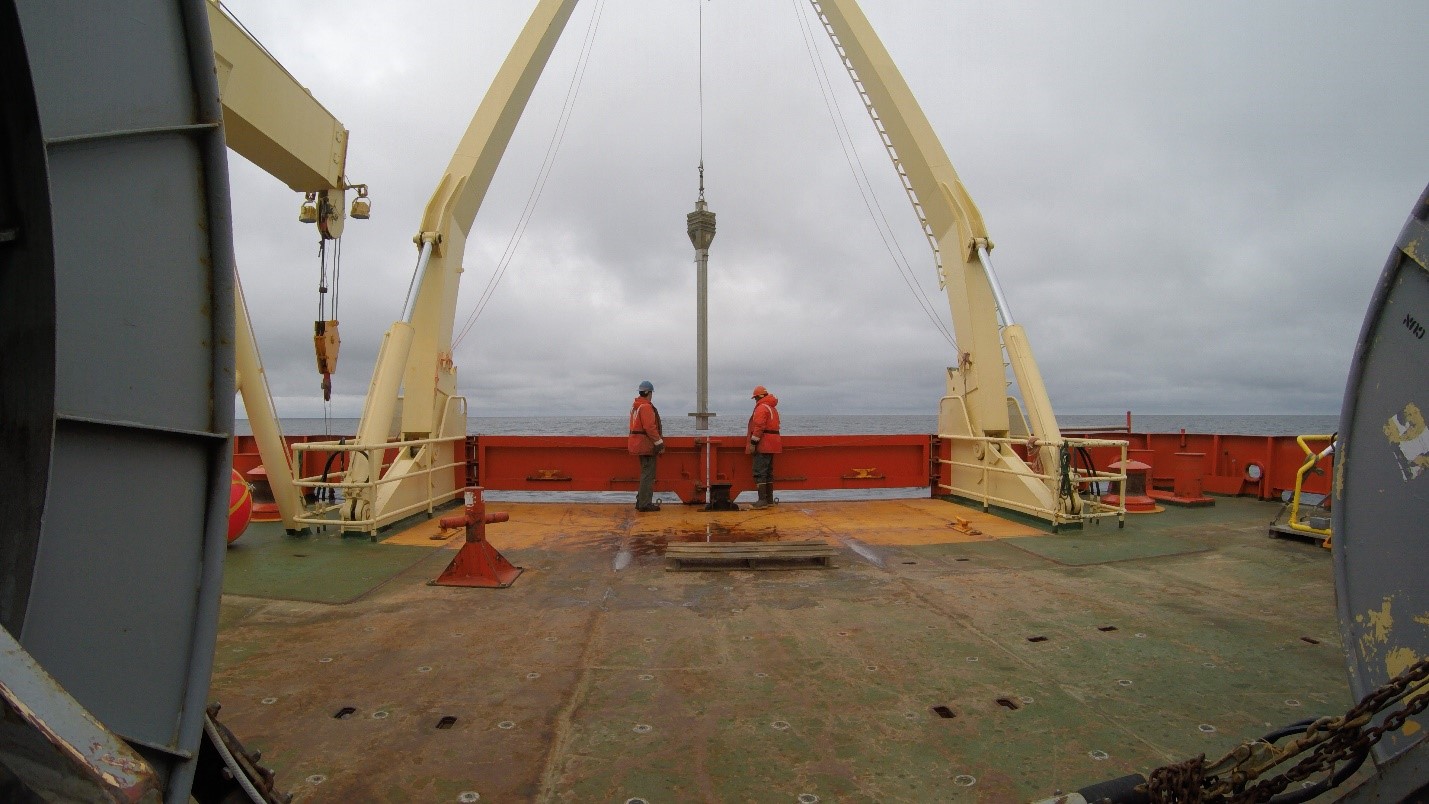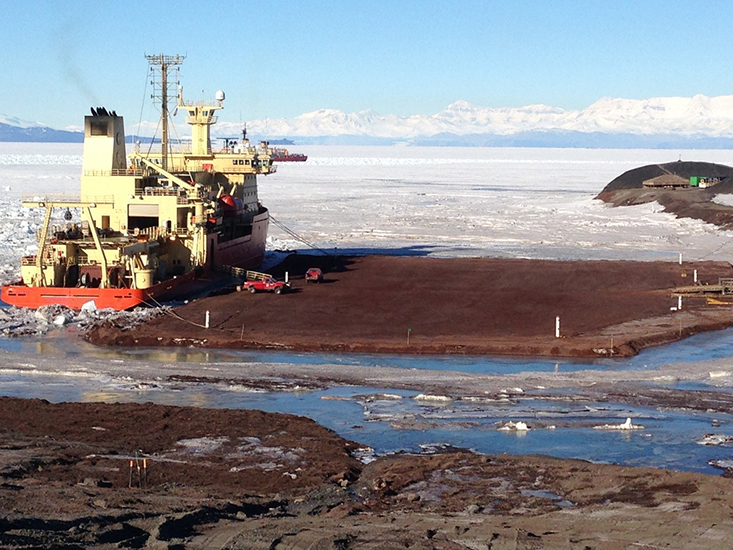Written by Sean Beckwith, PhD student
ST. PETERSBURG, FL – For many people living in places like South Florida, it is hard to recognize the importance of Antarctic ice. At first, there doesn’t seem to be much connection between sandy palm trees and vegetation-free white wilderness.
But it’s there.
And at some point in the future, water melted from that ice may become a significant burden to coastal populations, large and small. The probability and timing of continental ice-melt continues to be a major focus of scientific exploration and research. A new study published in Scientific Reports, the open access journal by the Nature Publishing group, examines interactions between changing climate and the Antarctic Ice Sheet during the last deglaciation, which occurred about 10,000 years ago.
Dr. Brad Rosenheim, geological oceanographer at the USF College of Marine Science and co-author on the paper, explained the importance of the research, “It’s about the last time the Earth warmed significantly (albeit, by natural causes) and it pertains to how the ice may react to current warming.”
The paper focuses on two important features related to melting continental ice: ice-shelves, and grounding lines. And, more specifically, it describes the lag that can occur between ice-shelf collapse and grounding-line retreat. The grounding-line, the point at which an ice shelf contacts the seabed below, metaphorically separates the ice-shelf (which extends out into the sea) from the ice-sheet, the mass of ice that resides on the continent.
As snow turns to ice and gradually piles up on the Antarctic continent, the ice sheet forms into a dome-like shape, with the edges being the ice-shelves. When ice-shelf collapse occurs, it can set in motion a process that resembles an unstoppable train carrying a massive load of ice from continent to ocean, sort of likes train cars careening over an unfinished trestle bridge.
The runaway train does not always start down the tracks immediately, though.
The critical finding of the research presented in the Scientific Reports article is a discovery that came through examining the timing of geologic features deposited during the last deglaciation. Sediment records from the Whales Deep Basin in the eastern Ross Sea provided clues (in the form of tiny marine fossils called foraminifera) that helped scientists piece together a chronology that revealed a centuries-long delay between ice-shelf collapse and eventual grounding line retreat.
“Currently, climate models that include ice behavior do not allow this scenario because there is no evidence of such a delay in our short observational record. The geologic record, yet again, provides us with information that is crucial to understanding the feedbacks between climate and Antarctic ice that ultimately determine the rate of sea level rise as a result of global warming,” said Rosenheim.
The study shows that ice-shelf collapse might result in a surprising equilibrium whereby continental ice maintains the grounding line position held prior to the collapse. While the ice shelf collapse does not directly influence sea level (because it was already displacing the seawater space it occupied), the increased flux of continental ice would.
“Because ice shelf collapse often precedes immediate landward retreat of ice shelves and can cause increased flux of continental ice (ice sheets) into the ocean, this study is important in forecasting future sea level rise due to global warming. Will today’s changing ice shelves and ice sheets behave like those in the Ross Sea 10,000 years ago? If so, there is potential that sea level rise forecasts would differ from those currently thought to be most accurate. However, we will not know until existing and new ice models incorporate the type of behavior that these sediment records have revealed,” said Rosenheim.
Retrieving Kasten Core sediments from Ross Sea on the back deck of the Nathaniel B Palmer.

Retrieving Kasten Core sediments from Ross Sea on the back deck of the Nathaniel B Palmer.
